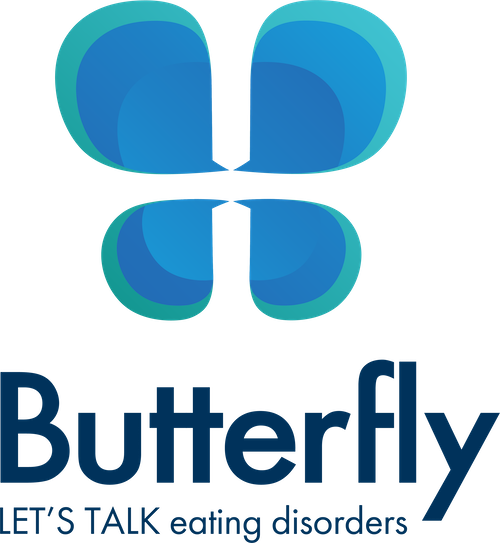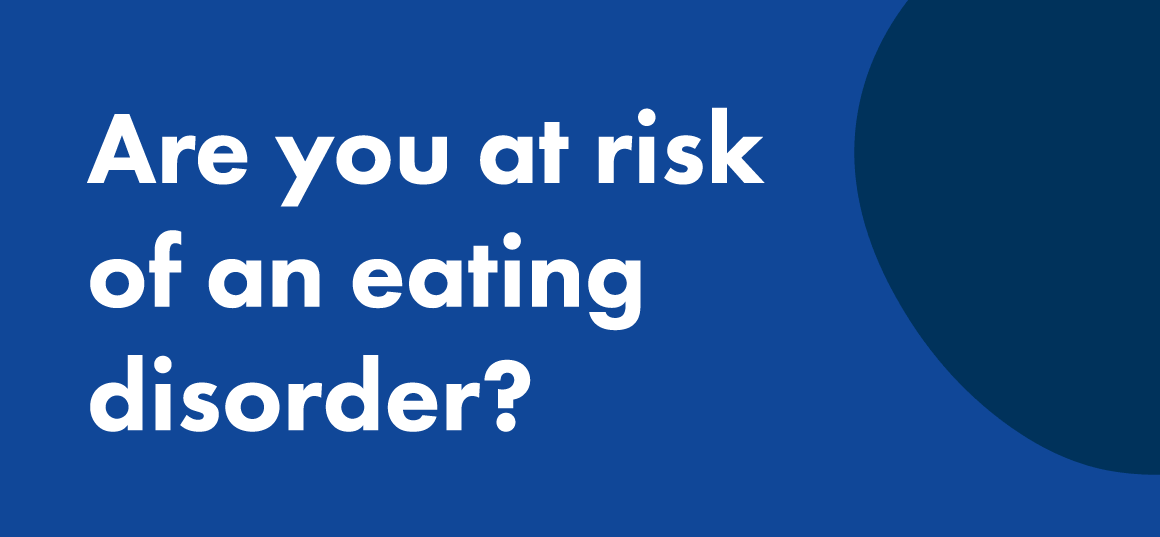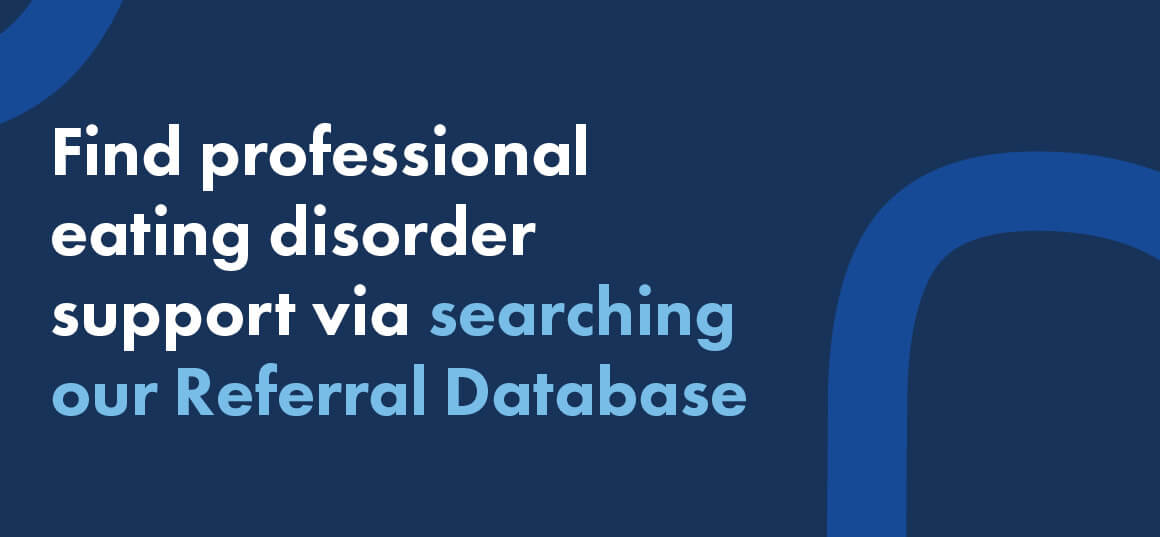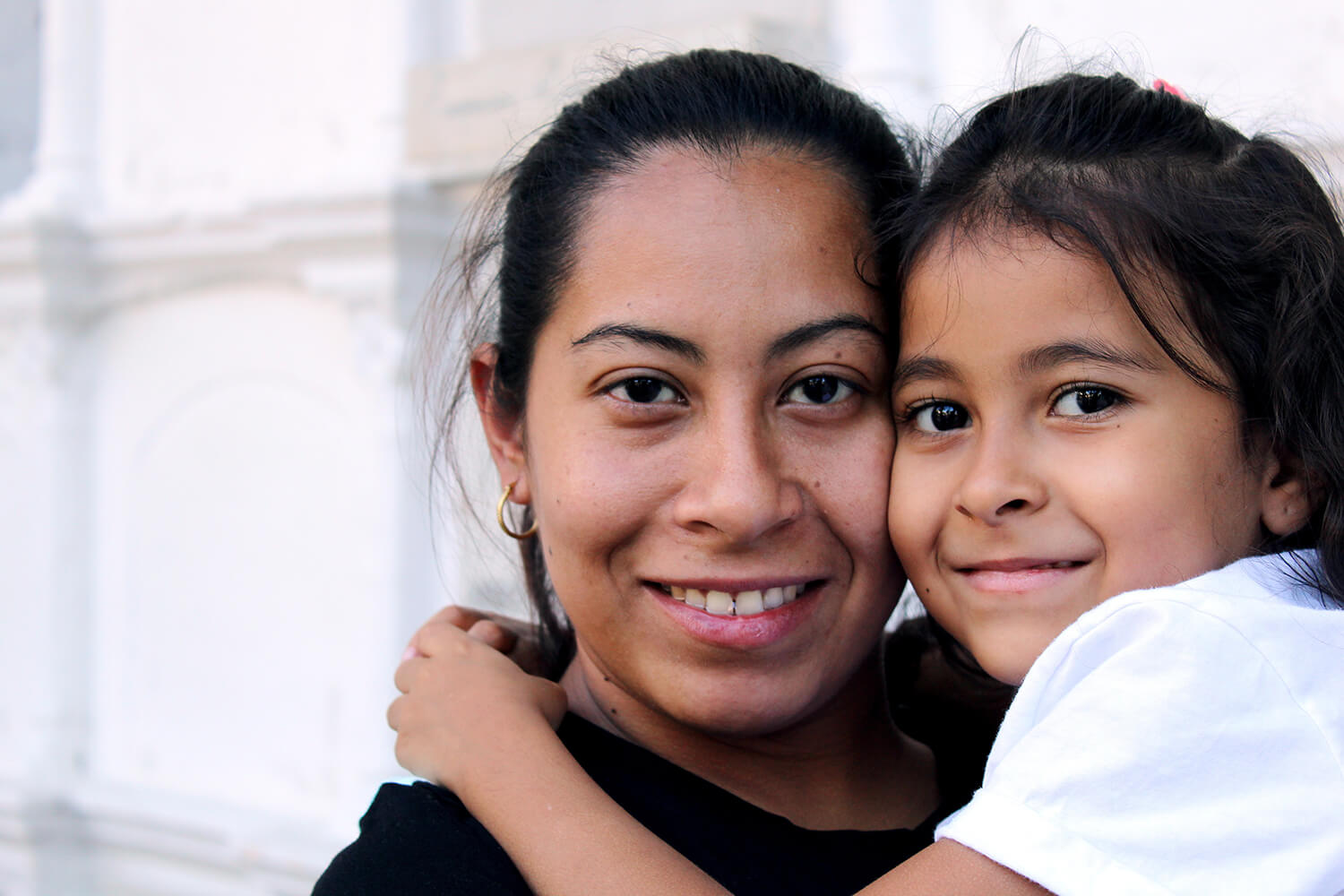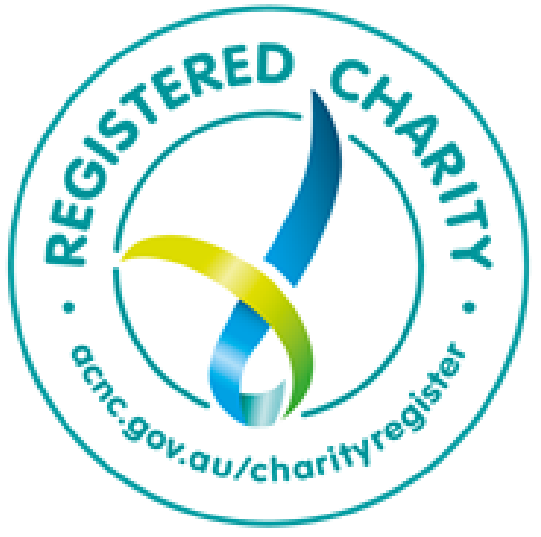Making it easier for school professionals to implement eating disorder prevention in Australian school settings
A new study* has revealed barriers such as a lack of resources, training, funding and workload is hindering school professionals from delivering eating disorder prevention in Australian school settings.
Some studies indicate that approximately 50% of primary school aged children are dissatisfied with their body [i] and greater body concerns at the ages of 5 and 7 have been shown to predict greater dietary restriction by age 9 in Australian girls [ii]. For boys, dieting at age 7 has been shown to predict eating disorder symptoms at age 12 [iii].
Meanwhile, approximately a third (31.6%) of Australian adolescents engage in disordered eating behaviours with any given year [iv].
This highlights the critical need for school aged children (5-18 years) to be equipped with skills and awareness to prevent eating disorder risk factors and seek early intervention if necessary – and schools are an important setting for this work.
Despite children as young as 5 being diagnosed with eating disorders in Australia [v], research [vi] shows primary school professionals are less likely to receive eating-disorder-related training compared to secondary school professionals. This is concerning, given foundations for a positive and healthy relationship to food, exercise and the body start forming during childhood.
Without proper education, early intervention and positive role models, children may have already internalised harmful beliefs relating to body size/shape/weight, dieting and exercise by the time they reach secondary school.
Teachers and school staff are in an incredible position to have a positive and life-long impact on their students, with research identifying school professionals can be important role models for students in promoting positive body image, self-esteem and healthy behaviours. [vii] [viii]
But with an increasingly busy school curriculum and different priorities competing for attention, it’s clear educators need to be supported to deliver eating disorder prevention in an effective, evidence-based manner that does no harm.
In a study of Australian teachers, primary barriers to implementing eating disorder prevention in school settings included workload (75%), knowledge (75%), lack of appropriate resources (73%), and funding (52%). (Pursey, K. et al.)
Butterfly Body Bright, Australia’s first whole of primary school body image program, aims to make it easier for educators to support their students to develop a positive relationship with food, exercise and the body, so they can thrive at school and in life.
Read on as we address the barriers to implementing eating disorder prevention in school settings and how Butterfly Body Bright can help.
Knowledge about eating disorders and body image
“The content I need to get through is A LOT. . . . If I am to deliver education around eating disorders, I want the information supplied as it’s not my area and I would hate to say/do the wrong thing.” – Survey respondent
Knowing how to equip students with the skills and knowledge to support health attitudes and behaviours towards the body, eating and physical activity can seem daunting.
Butterfly Body Bright provides school professionals (teaching and non-teaching staff) with online staff training about body image in children, the warning signs to look out for, and how to effectively implement the program. This professional development training is online, self-paced and also includes information about positive role-modelling. Recognising that staff may also be dealing with their own body image concerns, there is also an optional module that supports staff to explore their own self-compassion and body appreciation.
Could the Body Bright Curriculum cause distress for students?
Like all Butterfly services and programs, Body Bright has been developed with a ‘do no harm’, evidence-informed, strength-based approach. We know that different things affect children differently, for a range of reasons, and school staff may not always know what is going on with a child in their classroom.
If a child does respond in a concerning way, this may alert you to the fact that they are struggling, and it is important to provide your staff with the tools and skills to intervene in a sensitive and appropriate way. There is information within the online staff training to support staff in the event they are concerned, and the lesson plans offer tips to navigate tricky responses and comments. If you are concerned about a student, we encourage you to visit the Concerned About a Child Page
Lack of appropriate resources
A lack of appropriate resources was also identified as a barrier to implementing eating disorder prevention in schools.
Butterfly Body Bright includes school culture guidelines, with easy-to-implement strategies that support the whole school community in promoting positive body image and healthy attitudes and behaviours in children. These strategies align with a whole of school approach and have been endorsed by body image, eating disorder, and primary school education experts.
For example, one of the strategies used in the ‘Guidelines for being a Body Bright School’ is “avoid weighing and calculating the Body Mass Index (BMI) of students (including but not limited to classroom activities, as part of physical education or for reporting to parents).” This strategy highlights that a child’s weight, body size/shape, or appearance should never be used as a comparative learning tool. Butterfly’s Education team unpacks why this is the case, and the detrimental impacts, in this blog ‘Dear Teachers, Please don’t weigh your students.’
The program also includes self-paced online staff training and curriculum-aligned lesson plans for schools to implement flexibly. Recognising that positive body image is also developed outside of the classroom, Body Bright includes resources for families to continue the conversation at home. It takes a village!
Are you a parent who would like Body Bright at your child’s school? Use our email template and flyer to become a Body Bright champion and encourage the decision makers at your school to sign up – it’s free and easy. Invite your school
Workload – teachers already have too much to do to worry about body image
Butterfly respects and acknowledges that being an educator is no easy feat, with many teachers time poor and juggling ‘increasing expectations and a crowded curriculum’.
But with body image concerns, depression, anxiety and eating disorder symptoms increasing by more than 50% during the pandemic [ix] [x], and children and adolescents being one of the most at risk groups [xi], it’s never been more important to discuss these issues through a prevention-based approach.
The great news is that Body Bright takes the pressure off by providing 50 age and developmentally appropriate lesson plans that address the modifiable risk and protective factors associated with body dissatisfaction and disordered eating – and these already map to the Health & Physical Education curriculum with accompanying worksheets and digital content.
This means teachers can pick it up and go to help foster a positive body image in children. For a sneak preview into the Body Bright content and how it aligns to the curriculum, download our preview pack.
Funding
Funding was also identified as a barrier to implementing prevention programs.
With thanks to the Australian Department of Health, Butterfly Body Bright is FREE to register for all Australian primary schools, until 15 August 2023 – with 3 years of access to all program content, including:
- Expert-endorsed School Culture Guidelines to promote positive body image in your school.
- Online access to all Body Bright resources, training, and curriculum-aligned lesson plans.
- Online, self-paced staff training for all registered teaching and non-teaching staff.
- An information portal for the Body Bright Lead to guide program implementation and keep track of your school’s progress.
- Support from the Butterfly Body Bright team.
- Newsletters keeping you up to date with new tips, resources and information.
We know that many primary schools and teachers are keen to promote a positive body image in their students but aren’t quite sure how to do it in a safe and effective way.
Butterfly Body Bright offers a whole school, evidence-informed approach that provides everything schools need to upskill staff, deliver age-appropriate lessons to students, ensure families are resourced, and to foster a supportive and inclusive school culture – where children, in all bodies, can thrive.
Find out more and register your primary school today to help foster a positive foundation during childhood for body satisfaction, healthy eating and physical activity.
Further reading
- Getting started – the steps to become a Body Bright school
- Why is Butterfly Body Bright important?
- Pilot evaluation: Body Bright lessons
- Body image explained
References
* Pursey, K. et al. 2022. The needs of school professionals for eating disorder prevention in Australian schools: a mixed-methods survey. Children. 2022, 9, 1979. Accessed online: https://www.mdpi.com/2227-9067/9/12/1979
[i] Dion, J. et al. 2016. Correlates of body dissatisfaction in children. The Journal of Pediatrics. Vol 171. Accessed online: https://www.sciencedirect.com/science/article/abs/pii/S0022347615016340
[ii] Krahnstoever Davison, K. et al. 2003. A longitudinal examination of patterns in girls’ weight concerns and body dissatisfaction from ages 5 to 9 years. International Journal of Eating Disorders, 33(3). Accessed online: https://psycnet.apa.org/record/2003-03502-014
[iii] Evans, E. et al. 2017. Risk factors for eating disorder symptoms at 12 years of age. Appetite. Vol 108. Accessed online: https://www.sciencedirect.com/science/article/pii/S0195666316304536?via%3Dihub
[iv] Sparti C, Santomauro D, Cruwys T, Burgess P, Harris M. Disordered eating among Australian adolescents: prevalence, functioning, and help received. Int J Eat Disord. 2019;52(3):246-54.
[v] Madden, S. et al. Burden of eating disorders in 5-13 year old children in Australia. 2009. MJA, Vol.190. No.8
[vi] Pursey, K. et al. 2022. The needs of school professionals for eating disorder prevention in Australian schools: a mixed-methods survey. Children. 2022, 9, 1979. Accessed online: https://www.mdpi.com/2227-9067/9/12/1979
[vii] O’Dea, J.A.; Abraham, S. Knowledge, beliefs, attitudes, and behaviors related to weight control, eating disorders, and body image in Australian trainee home economics and physical education teachers. J. Nutr. Educ. 2001, 33, 332–340. https://www.sciencedirect.com/science/article/abs/pii/S1499404606603552
[viii] McVey, G.; Gusella, J.; Tweed, S.; Ferrari, M. A Controlled Evaluation of Web-Based Training for Teachers and Public Health Practitioners on the Prevention of Eating Disorders. Eat. Disord. 2008, 17, 1–26. https://www.tandfonline.com/doi/abs/10.1080/10640260802570064
[ix] Khraisat, B. et al. 2022. The prevalence of mental health outcomes among eating disorder patients during the COVID-19 pandemic: a meta-analysis. Clin Nutr ESPEN. Apr 48 Accessed online: https://pubmed.ncbi.nlm.nih.gov/35331484/
[x] Schafer, K. et al. 2022. Prevalence rates of anxiety, depressive, and eating pathlogy symptoms between the pre- and peri-COVID-19 eras: a meta analysis. J Affect Disord. 2022 Feb 1;298(Pt A). Accessed online: https://pubmed.ncbi.nlm.nih.gov/34740748/
[xi] McLean, C. P., Utpala, R., & Sharp, G. (2021, November 13). The impacts of COVID-19 on eating
disorders and disordered eating: A mixed studies systematic review and implications for healthcare
professionals, carers, and self. Accessed online: https://butterfly.org.au/wp-content/uploads/2021/11/Lived-Experience-Perspective-Lay-Summary.pdf



